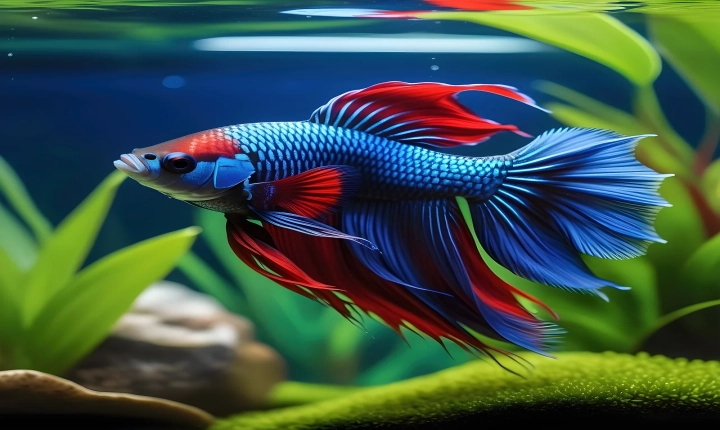If you are a designer or artist who works with both Adobe Illustrator and Photoshop, you may find it necessary to export your AI layers from Illustrator to Photoshop in order to continue working on your designs or illustrations. Understanding the process of exporting AI layers to Photoshop can streamline your workflow and help you maintain the integrity of your designs.
In this article, we will discuss the step-by-step process of exporting AI layers to Photoshop. This knowledge can be instrumental in maintaining the quality and efficiency of your design projects.
Step 1: Open your AI file in Adobe Illustrator
The first step is to open your AI file in Adobe Illustrator. Ensure that the layers you want to export are organized and easily distinguishable. Proper naming and organization of layers will make the process of exporting to Photoshop more straightforward.
Step 2: Save the AI file
Before proceeding with the export, it is essential to save your AI file to ensure that all recent changes are preserved. Click on “File” and select “Save” or “Save As” if you want to create a new version of the file.
Step 3: Export the AI layers to Photoshop
To export the AI layers to Photoshop, follow these steps:
Select the layers you want to export: In Illustrator, select the layers you want to export. To select multiple layers, hold down the Shift key while clicking on the layers.
Copy the selected layers: Once the layers are selected, right-click and choose “Copy” from the context menu, or use the keyboard shortcut Ctrl + C (Windows) or Command + C (Mac).
Open Photoshop: Switch to Adobe Photoshop and open a new or existing PSD file where you want to import the AI layers.
Paste the copied layers: In Photoshop, right-click on the canvas and select “Paste” from the context menu, or use the keyboard shortcut Ctrl + V (Windows) or Command + V (Mac).
Arrange and edit the layers: Once the layers are pasted into Photoshop, you can rearrange and edit them as needed. You may need to resize, reposition, or apply additional effects to the layers to achieve the desired result.
It is important to note that the pasted layers will appear as Smart Objects in Photoshop. This means that you can edit and transform them without losing their original quality.
Step 4: Save the Photoshop file
After arranging and editing the pasted AI layers in Photoshop, it is crucial to save the PSD file to ensure that your work is preserved. Click on “File” and select “Save” or “Save As” if you want to create a new version of the file.
By following these steps, you can effectively export AI layers from Illustrator to Photoshop, allowing you to seamlessly continue working on your designs across both platforms.
In conclusion, mastering the process of exporting AI layers to Photoshop can significantly enhance your design workflow and productivity. Whether you are working on illustrations, logos, or any other graphic design projects, having a solid understanding of how to transition between Adobe Illustrator and Photoshop can be invaluable. By utilizing the step-by-step process outlined in this article, you can seamlessly transfer your AI layers to Photoshop and continue creating stunning visual content with ease.
